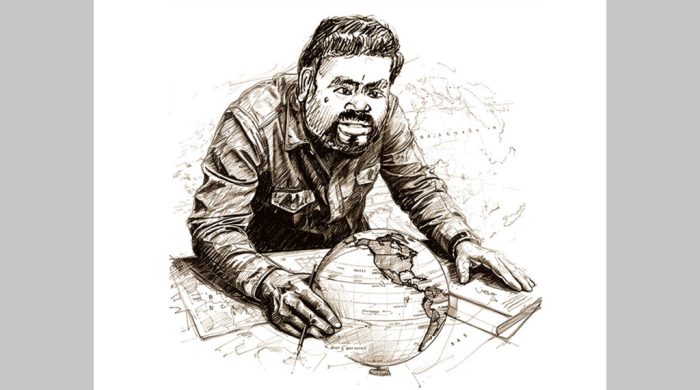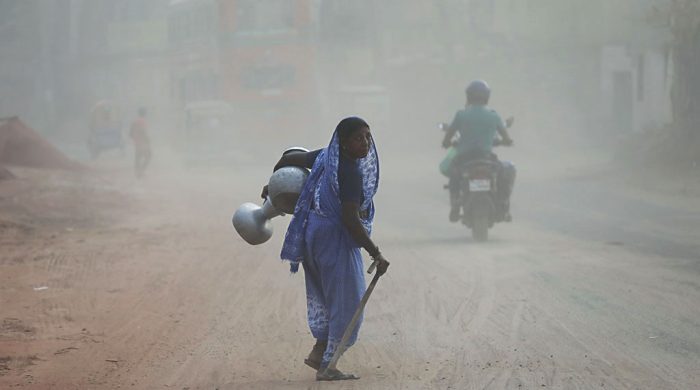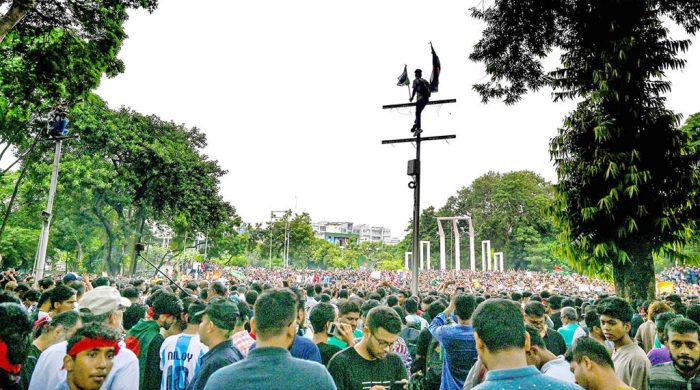Set up a National Qualifications Framework

- Update Time : Sunday, March 1, 2020
- 237 Time View

The number of academic institutions and student enrolment in Bangladesh has increased significantly over 48 years after it gained independence in 1971. The country has now 126,615 primary schools, 20,449 high schools, 4,238 madrasas, 9,314 colleges and 5,897 technical-vocational institutions (BANBEIS). With six public universities in 1971 the country has established 46 public and 105 private universities. The number of students enrolled at universities has shot up from 411,717 in 2008 to 1,028,314 in 2018.
But the educational system in Bangladesh is not properly developed, and it is a multi-pronged education system. As education is not related to the job market, industries depend upon foreign executives and technical persons, and they repatriate about $5 billion a year. The main reason for dependence on the foreign workforce is the lack of job-oriented education and skills and innovation. It demands a new approach to the academic model, to quality and high-level skills.
Failure to find new solutions and to meet the demographic demand for high-quality accessible education will see the country locked into a spiral of low-value skills and competencies. In order to attain and sustain nationally and internationally acceptable quality of education, it is the call of the hour to compare the present education model with overseas higher education models and bring necessary changes in order to make it more acceptable to the international community.
In this context, Bangladesh needs to have a national qualifications framework for confirming quality education at all levels to compete with others in today’s competitive world. The academic community appreciates the government’s vision to make Bangladesh a centre of educational excellence. The government has recently formed the Bangladesh Accreditation Council (BAC) and is working on preparing a Bangladesh qualifications framework (BQF).
The National Qualifications Framework (NQF) for a country is prepared as a full comprehensive framework to classify qualifications provided by all education and training providers in that country. Each country sets its own criteria when designing its own NQF but the following goals are mainly objected: (i) make the training levels easier to understand and strengthen the coherence of qualification systems and permeability of education; (ii) support lifelong learning; (iii) transfer of credit and prior learning; (iv) strengthen the link between training and labour market, and (v) facilitate the international recognition of national qualifications.
NQF covers all sectors i.e. skills, technical, vocational and academic sectors. It is designed based mainly on a credit point system and qualification levels. A credit point system measures the volume of learning or academic load to attain the set learning outcomes. Student Learning Time is included in the calculation of credit and academic load. Each qualification level is defined in terms of knowledge, skills, and competencies that require to be acquired to reach that level. These levels help students to decide which qualifications they need for their career development and also help employers to assess the level of knowledge and skills a job seeker has, and for which job they would be most qualified.
An NQF usually covers from 8 to 10 qualification levels. ASEAN countries, South Korea, and European countries except UK have developed NQF with 8 levels; NQF in UK, Thailand, and Indonesia is split into nine levels whereas qualification levels in Australia, India, Japan, South Africa, and New Zealand are ten. Before setting the qualification levels a careful study of the existing academic system in Bangladesh is needed. There exist three streams, namely a general stream, a religious stream (madrasa), and a technical stream in primary and secondary education. Each stream offers options for curricular specializations. Secondary education is divided into a two-year lower-secondary phase, called secondary (grades 9 and 10) and a two-year upper secondary phase, called higher secondary (grades 11 and 12). Besides Bangladeshi schools, there are a growing number of international schools that teach foreign curricula, the British General Certificate of Education is the most popular. Polytechnic institutes offer several Technical and Vocational Education programs and students can enter those programs after the SSC examinations in grade 10. NQF development is difficult and this multi-pronged education system will make it more difficult and challenging.
Bangladesh’s higher education degree structure spans bachelors, masters, and doctoral degrees. Private universities tend to emulate the U.S. model of education and offer four-year bachelor programs followed by two-year master’s programs. There is no mandatory national credit system in Bangladesh—credit systems vary by institution. However, most universities use U.S. style credit systems that quantify one year of study at the undergraduate level as 30 to 36 credit units. UGC has not yet defined a credit-hour. Each university in the USA develops its own credit hour policy that conforms to the definition of a credit hour as specified by the Federal Government.
All public universities use the two-semester system but like universities in the USA there is no optional summer session. The two-semester system spans about 15-16 weeks in universities in the USA but mostly less than 15 weeks. On the other hand, private universities use the trimester system where the academic year is broken into three sessions, each thirteen weeks long. BQF should have prescribed the policy for credit requirements for a program administered by semester system and by trimester system. Private universities have taken this idea of trimester from universities in the USA. BQF should focus on learning outcomes rather than on inputs and the process of learning. The delivery system may need to be changed to the widely accepted Outcome-based Education (OBE).
If a higher education model of Bangladesh can be prepared in harmonizing with models of Europe and the USA, Bangladeshi citizens can travel more easily to those countries for employment purposes and to pursue additional studies. As the higher education system in Bangladesh and those in Europe and the USA as well culture are highly diverse, idea of harmonization of the national model of Bangladesh with those in Europe and the USA may not be feasible at this stage. But the idea of regionalism in higher education in South Asia is very exciting. Bangladesh is a member of South Asian Association for Regional Cooperation (SAARC) and has some similarities in the education system; the Government of Bangladesh should work with other South Asian countries to create such a framework. Once the framework works well, then BQF can be harmonised with the qualifications of the USA and Europe.
The writer is the Vice Chancellor, East West University. Email: vc@ewubd.edu



















